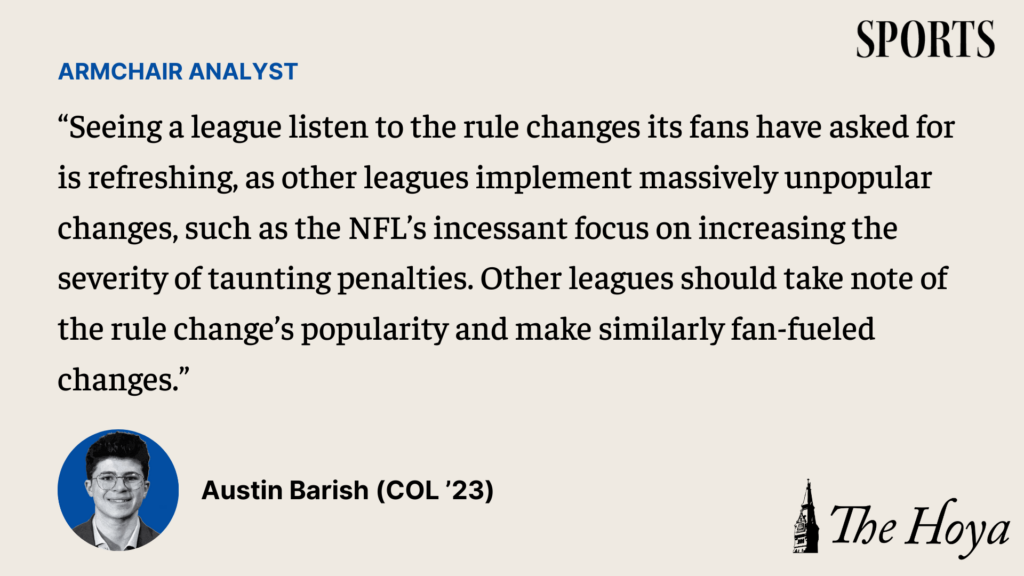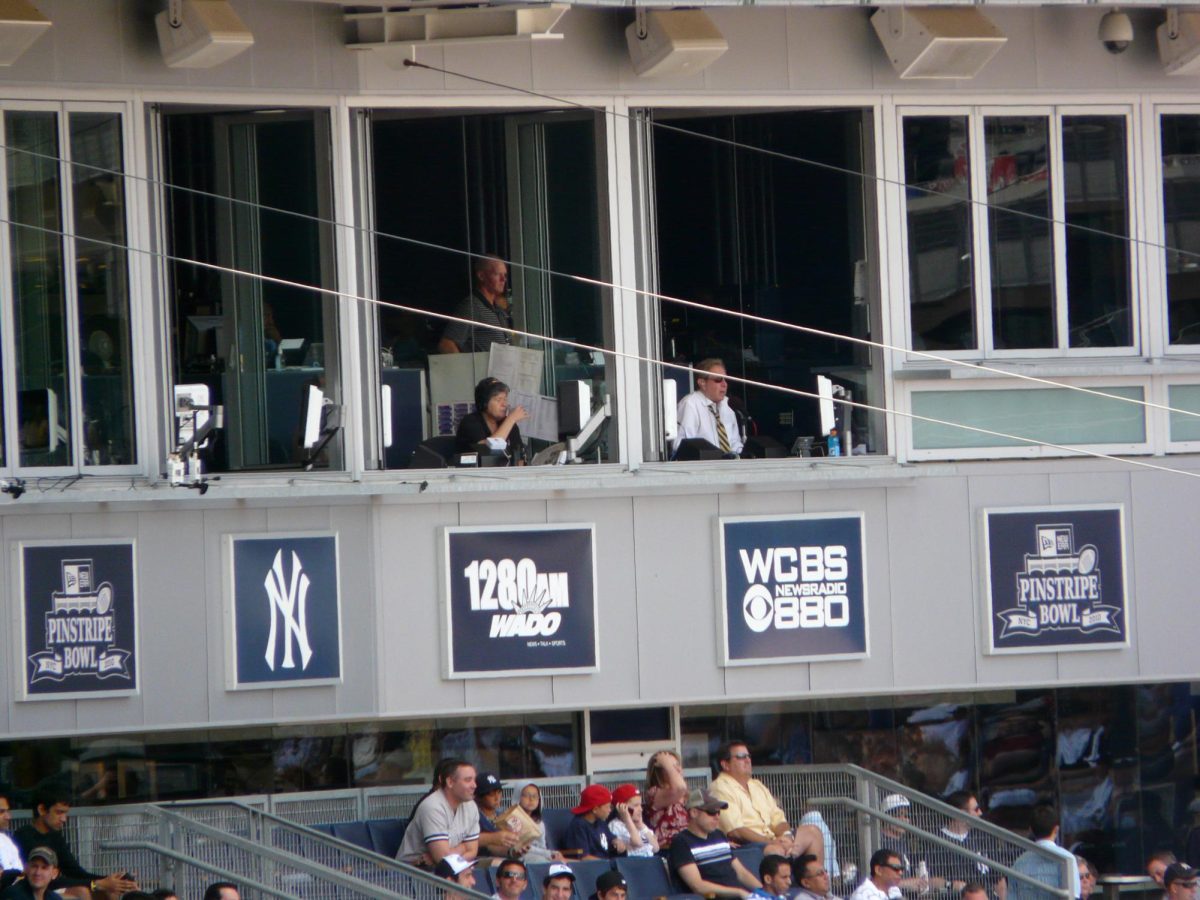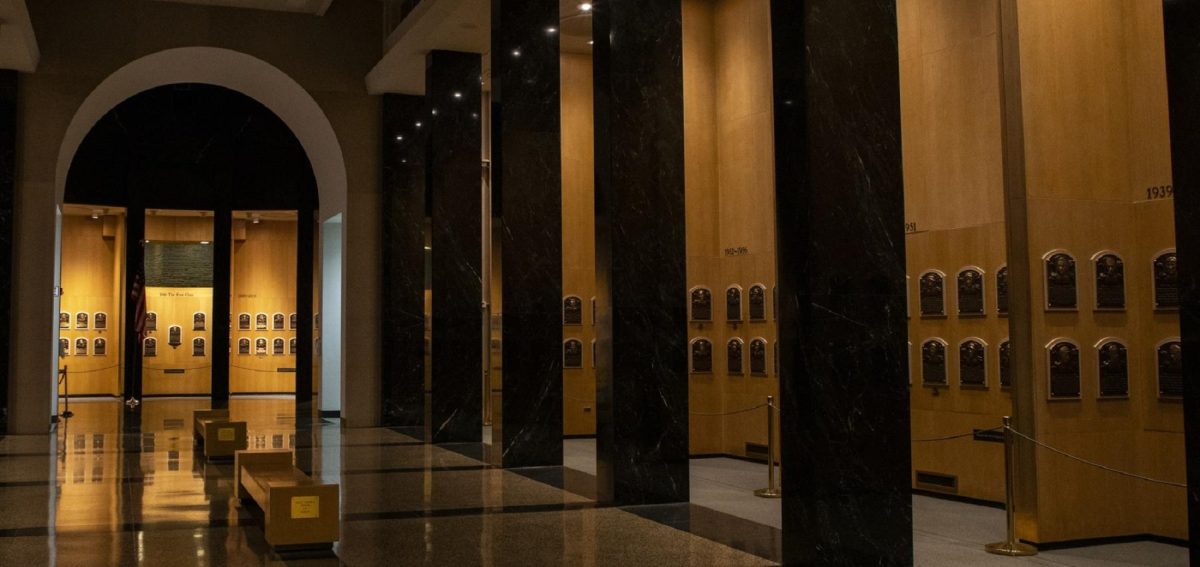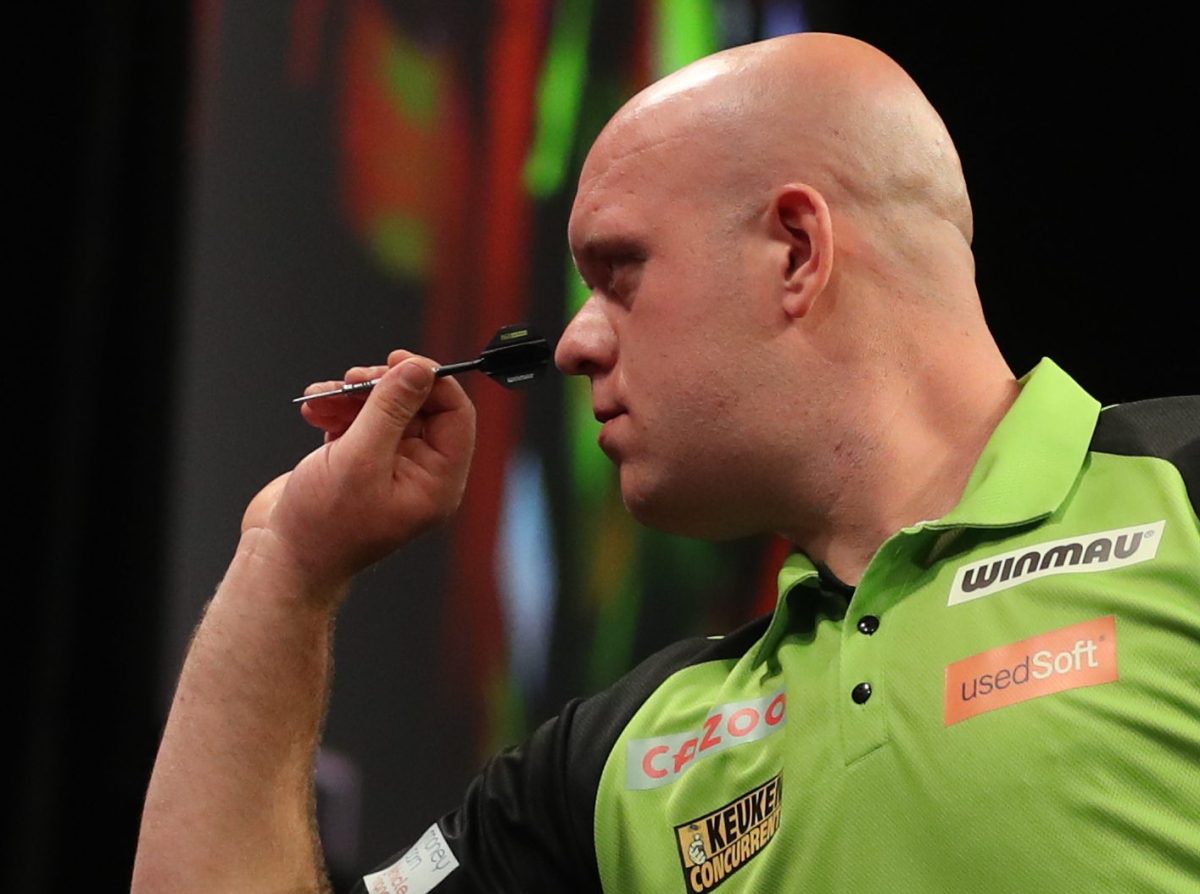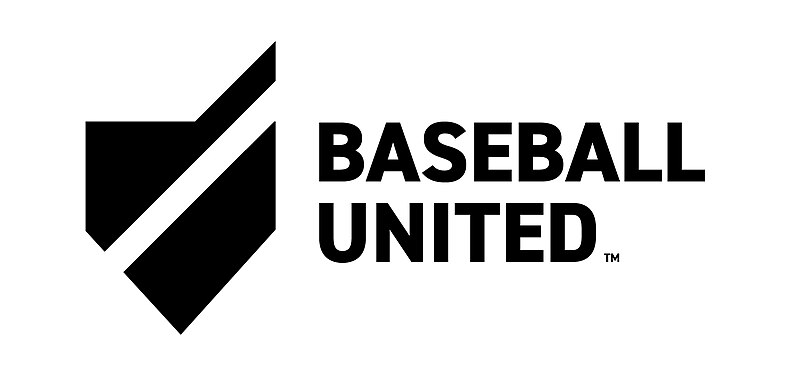In July, the NBA implemented a rule to reduce fouls called for “non-basketball moves” in response to fan outcry over unnatural movements made by players in hopes of accruing fouls and therefore the opportunity to shoot free throws. The NBA season has only just begun, but we have seen enough to start evaluating the league’s new rule. If current trends continue, this rule change may prove to be the best any major sports league has made in years.
After over 100 games played in the NBA this season, it’s clear that offenses are struggling far more than they have in recent history. Defenders are finally able to guard and protect the rim without the fear of offensive players positioning themselves in an attempt to draw fouls. The statistic of free throws per field goal attempt (FT/FGA) measures the number of free throws taken per regular shot. This metric effectively gauges the flow of the game and tracks how often it is paused for fouls. This season, the leaguewide FT/FGA is just 0.170, on pace to be the lowest in NBA history. In practice, games are progressing much more naturally with far fewer whistles. Defenders have been able to play more physically, finally free of the fear that led some defenders to play with their arms behind their backs to avoid players contorting into them to draw a foul.
Consequently, offensive numbers are down across the board. At just 45%, the leaguewide shooting average is at its lowest percentage since 2004. Despite recent trends toward increased 3-point shooting, this season is on pace to be the worst 3-point shooting season of the century at just 34.2%. In a typical season, players shoot around 36% from beyond the arc. Offensive rating measures the average points scored per 100 possessions. Without looking at the numbers, most fans could correctly guess that offenses have been scoring far more in recent years. The numbers align with this sentiment; last season, the leaguewide offensive rating hit an all-time high for the third season in a row, soaring to 112.3. As of now, the league averages just 107.0 points per 100 possessions, a number far more in line with the averages the NBA had seen until roughly 2017. It remains to be seen whether these numbers will hold as players get back into midseason form and defenders fatigue, but players across the league are certainly feeling the rule changes.
Those who formerly took advantage of referees’ liberal whistles have struggled to adjust to the league’s new rules. Brooklyn Nets Head Coach Steve Nash has claimed that his star guard, James Harden, has been made into the “poster boy” of these new rules. Harden and others used to antagonize defenders with wacky, nonsense moves to draw foul calls. Whether they were launching themselves into defenders or hooking defenders’ arms before flailing on a shot attempt, these moves were transparent efforts to go to the free-throw line that drove fans and defenders crazy.
Previous culprits have continued to attempt these moves this season to no avail. For example, fans cheered when Minnesota Timberwolves guard Patrick Beverley was charged with an offensive foul for abruptly stopping on a fast break to get a defender that was not even guarding him to run into him. Consequently, Harden is having his worst scoring year since he became a full-time starter in 2013. He is shooting just 5.3 free throws per game, a fraction of the 10.1 free throws he shot during his MVP season in 2017-18. Players like Harden must now create contact by playing real, physical basketball if they want to draw fouls like they used to. Otherwise, they will need to find new ways to score.
Despite frustrations from select players, many players and coaches across the league have viewed the rule change positively. The change has helped remove unnatural gameplay and has allowed for a more natural flow, according to Golden State Warriors Head Coach Steve Kerr.
“I love what I’m seeing,” Kerr said. “I think the officials are doing a great job. The game has more of an authentic feel.”
The impact of these rule changes will not be fully realized until the season concludes, but the start of the year has been promising. The NBA’s officiating is still far from perfect, but it is heading in the right direction. Whenever a league can minimize the time fans have to watch their officials, it is almost always the correct decision. Seeing a league listen to the rule changes its fans have asked for is refreshing, as other leagues implement massively unpopular changes, such as the NFL’s incessant focus on increasing the severity of taunting penalties. Other leagues should take note of the rule change’s popularity and make similarly fan-fueled changes.
Austin Barish is a junior in the College. The Armchair Analyst appears in print and online every other week.


